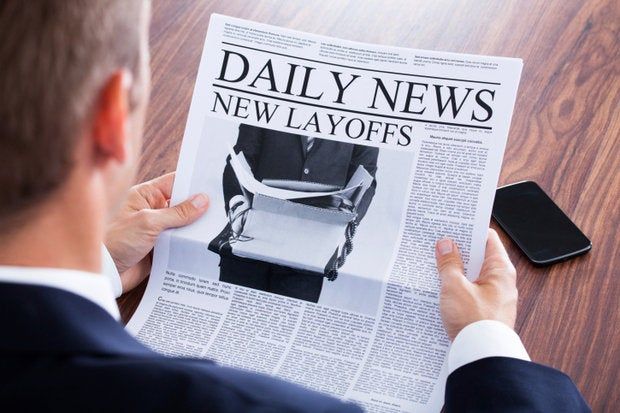Help for the hurting.

Hurricanes, tornados, floods, earthquakes.....natural disasters can happen to anyone. Living in the upstate of South Carolina, we learned that lesson the hard way. Feeling a natural protection tucked safely at the base of the Blue Ridge Mountains, we had a false sense of security. Tornados tend to break up, hurricanes NEVER reach this far.......until October 2024 when Helene decided to release her fury ripping through our streets with a force and fury I have never experienced. My family was fortunate, a few downed trees and minor damage to fences and one flying trampoline. Others, specifically to our northwest were not so lucky. Lives were lost, livelihoods and homes destroyed. Many will have months, if not years, of putting their lives back together. As an employer, what options do you have? What are tangible ways to help support those in your organization who have experience such loses? Here's how natural disasters can affect your workforce and what your organization can do to provide meaningful support.
1. Emotional and Psychological Impact
Experiencing a natural disaster can cause significant emotional strain. Employees may experience feelings of loss, anxiety, or even post-traumatic stress. The unpredictable nature of disasters often leaves individuals feeling vulnerable, anxious, or overwhelmed. Returning to work amid personal upheaval can be challenging.
What You Can Do:
Consider offering Employee Assistance Programs (EAPs) that provide counseling services. For those who may need extended support, set up virtual mental health sessions or group counseling. These initiatives can help employees process their emotions and offer them tools for resilience.
2. Health Impact
In the aftermath of a disaster, employees may deal with physical injuries, respiratory issues, or other health conditions affecting them or their family members.
What You Can Do:
Be flexible with attendance policies during recovery periods. Encourage employees to take the time they need to heal, and offer sick leave or paid time off (PTO) when possible. Consider working with health providers to arrange health checks or vaccinations if needed, especially if the disaster involved toxic exposure or disease risk.
3. Disruption to Living Conditions
Employees’ homes, vehicles, or other property may have been damaged or destroyed. Lack of shelter, transportation, or access to basic resources can be significant stressors and impact their ability to work.
What You Can Do:
If resources allow, set up a disaster relief fund or partner with community organizations to offer temporary financial support. Consider offering transportation support, temporary housing stipends, or partnering with nearby housing organizations to help employees get back on their feet.
4. Increased Financial Strain
Natural disasters often lead to unexpected expenses, from emergency medical costs to home repairs. These sudden financial burdens can be overwhelming for employees, especially if they were already managing financial responsibilities before the disaster struck.
What You Can Do:
Consider offering financial counseling services or connecting employees with resources to help them access loans, grants, or disaster aid. Some organizations even provide short-term, low-interest loans to help employees cover unexpected expenses. Financial support can alleviate some of the stress, allowing employees to focus more fully on recovery and their work. Additionally, be aware of the 2022 Secure 2.0 Act that allows retirement withdrawals without penalty in certain natural disasters.
5. Impact on Work-Life Balance
Natural disasters often disrupt the daily routines and responsibilities of employees, including their child care, elder care, and family obligations. For example, an employee may need to look after children or elderly family members displaced from their homes.
What You Can Do:
Implement temporary work-from-home arrangements, flexible schedules, or time off to accommodate their altered responsibilities. This flexibility is essential in showing empathy and understanding, and it ensures employees don’t have to choose between work and caring for their families.
6. Changes in Productivity and Morale
Even if employees are physically safe and able to work, natural disasters can still impact productivity and morale. Employees may feel a sense of grief or loss that affects their motivation or concentration. Team members who aren’t directly impacted by the disaster may also experience a dip in morale as they empathize with their affected colleagues.
What You Can Do:
Organize regular check-ins and consider modifying performance expectations temporarily. Encourage teams to support each other and foster a culture of openness about challenges. Hosting a town hall or team meeting to acknowledge what has happened and express empathy can go a long way in showing solidarity.
Natural disasters test a company’s resilience and the strength of its commitment to its people. By acknowledging the personal impact on employees and offering compassionate support, your organization can help them feel cared for and valued. Whether it’s through flexible scheduling, financial aid, or a simple check-in, showing empathy and adaptability can turn a challenging period into an opportunity for a stronger, more supportive workplace culture.











